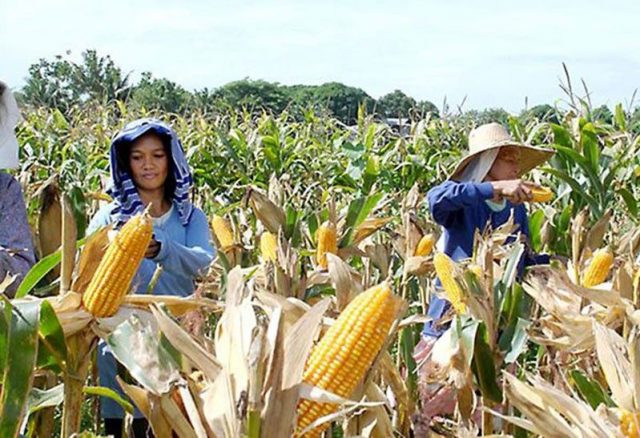
ANIMAL feed producers are pushing for a uniform tariff of 5% on yellow corn imports, level with the preferential tariffs on imports from ASEAN, pitching it as a measure to rein in food inflation and help the feed millers and livestock growers.
The Philippine Association of Feed Millers, Inc. (PAFMI) said in a statement Friday that the tariff will create a “level playing field” for the livestock industry, noting that hog raisers are struggling to recover amid competition from imports after their herds were thinned by African Swine Fever (ASF).
“The need to address the tariff issue on feed corn or yellow corn imports was made more urgent by the damage inflicted on farms by severe tropical storm Maring, which is expected to further reduce supply, and the onset of La Nina, which can be a threat to the agriculture sector, including corn farms,” PAFMI said.
“It has become doubly harder for hog raisers to recover from ASF with corn feed currently affected by tight supply in the ASEAN region and record high prices in world markets,” PAFMI said.
Yellow corn tariffs from non-ASEAN sources must pay a tariff of 35% within the Minimum Access Volume quota, which escalates to 50% for imports beyond the quota. Yellow corn imports from within ASEAN pay 5%.
“The current tariff structure, at a maximum of 50%, is bloating the cost of imports to unrealistic levels, triggering increases in the production costs of livestock and poultry,” PAFMI said.
Citing government and industry data, PAFMI said feed corn demand averaged 9 million MT a year between 2018 and 2020. Domestic corn sources can only service about 5 million MT.
It said demand is expected to increase as the economy reopens and the livestock sector continues to recover from the ASF outbreak.
“The three-year figures showed a supply-demand gap of 48.4%. This does not reflect the actual percentage of the supply that actually meets the standards for feed milling. The gap is addressed by imports of feed corn and alternative inputs, such as feed wheat,” PAFMI said.
According to PAFMI, the average price of feed corn was P22.88 per kilogram in September, up 49.5% from a year earlier.
“Prices in the world market have also been rising due to increasing demand for food, feed and energy,” the group said, referring to the use of corn as a source of biofiel.
PAFMI estimated the landed cost of feed corn imports at P30.10 per kilogram assuming the current average world price plus 50% tariffs, which it deemed too high for the livestock industry.
“Yellow corn accounts for 40% to 60% of the animal feed formulation while feed accounts for 60% to 70% of the cost of producing meat and poultry products,” PAFMI said.
“Cutting the tariff on feed corn imports would address the challenges faced by downstream sectors such as the feed milling and poultry and livestock sectors, and ultimately benefit the general public,” it added. – Revin Mikhael D. Ochave
Animal feed producers lobby for tariff reduction on yellow corn imports to ASEAN-level rates
Source: Bantay Radio
0 Comments